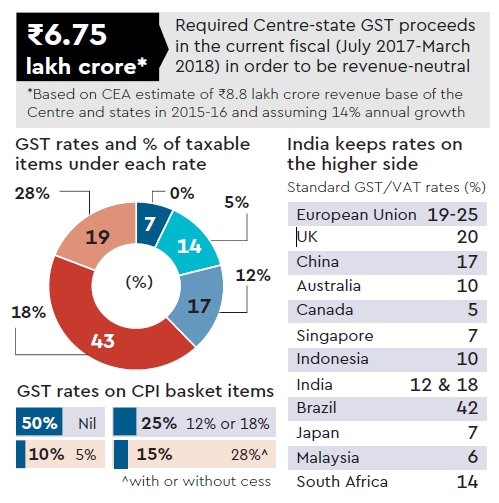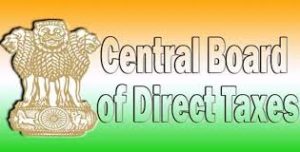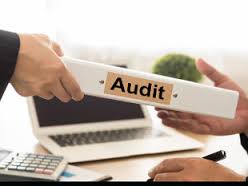
Tax authority given the right to restrict the use of balance in electronic credit ledger
In an effort to curb the menace of fake invoices and tax evasion, the Finance Ministry has notified a new norm of limiting the input tax credit to 10 per cent in case of GST details mismatch.
Experts feel that this will force businesses to restrict themselves to matched details and ignore the mismatched ones and thus incur losses, which could go into crores for big companies, due to complexities involved.
The change in the norm, the second in three months, has been initiated following a decision by the GST Council. Earlier, in October, the government limited ITC in case of details not uploaded by suppliers to 20 per cent which has now been halved. According to a new notification to be effective from January 1, ITC to be availed by a registered person in respect of invoices or debit notes, the details of which have not been uploaded by the suppliers, shall not exceed 10 per cent of the eligible credit available in respect of invoices or debit notes the details of which have been uploaded by the suppliers.
Two return forms
Businesses take advantage of facilities provided under existing system to generate fake invoices that cause loss to the Government. The existing system prescribes assessees to file two return forms — GSTR 1 (outward sales with tax liability) and GSTR 3B (summary returns with final tax payment). Since both are not auto linked, this could result in showing higher liability, claiming higher input tax credit and paying less tax in cash.
In other words, irrespective of the credit being visible in GSTR 2A (auto generated return for purchases), the service recipient used to claim credit without any restriction subject to having the invoice copy and satisfying other conditions laid down under the law. There is feeling that one of the reasons for availing higher input tax credit on the basis of fake invoices was the mismatch between the two — GSTR 1 and GSTR 3B.
This was affecting the government’s revenue. This has forced it to limit the ITC in case of details not matched and encourages the companies to monitor whether the suppliers are uploading their returns on a regular basis. However, experts feel that such a mechanism will lead to compliance cost for companies. Also, the companies might not prefer to go behind suppliers to see whether they have filed returns or not. Hence, they would focus only on matched details and incur loss on account of others.
Electronic Credit Ledger
The government has introduced additional conditions for use of amount available in Electronic Credit Ledger. It has given the right to the tax authority to restrict the use of balance in electronic credit ledger by recording the reasons to believe in writing. The key reasons for restricting credit are: invoice issued by registered person not in existence and recipient is not in procession of goods/services /invoice on which credit is claimed. Post restriction, the tax authority, upon being satisfied that conditions for disallowing debit of electronic credit ledger as above, no longer exist, can allow such credit in the electronic credit ledger.
Controlling tax evasion
According to Harpreet Singh, Partner at KPMG, one hopes that automatic blocking of credit is resorted to only where fraudulent intention is proved beyond doubt and the same is not used on a regular basis, as casual resort to the said provision may lead to harsh consequences for many innocent defaulters.
Rajat Mohan, Senior Partner with AMRG, said GST frauds are on the rise and so is the fiscal deficit which is forcing the government to introduce new methods to control tax evasion and take punitive action against the accused.
Source: Business Line







